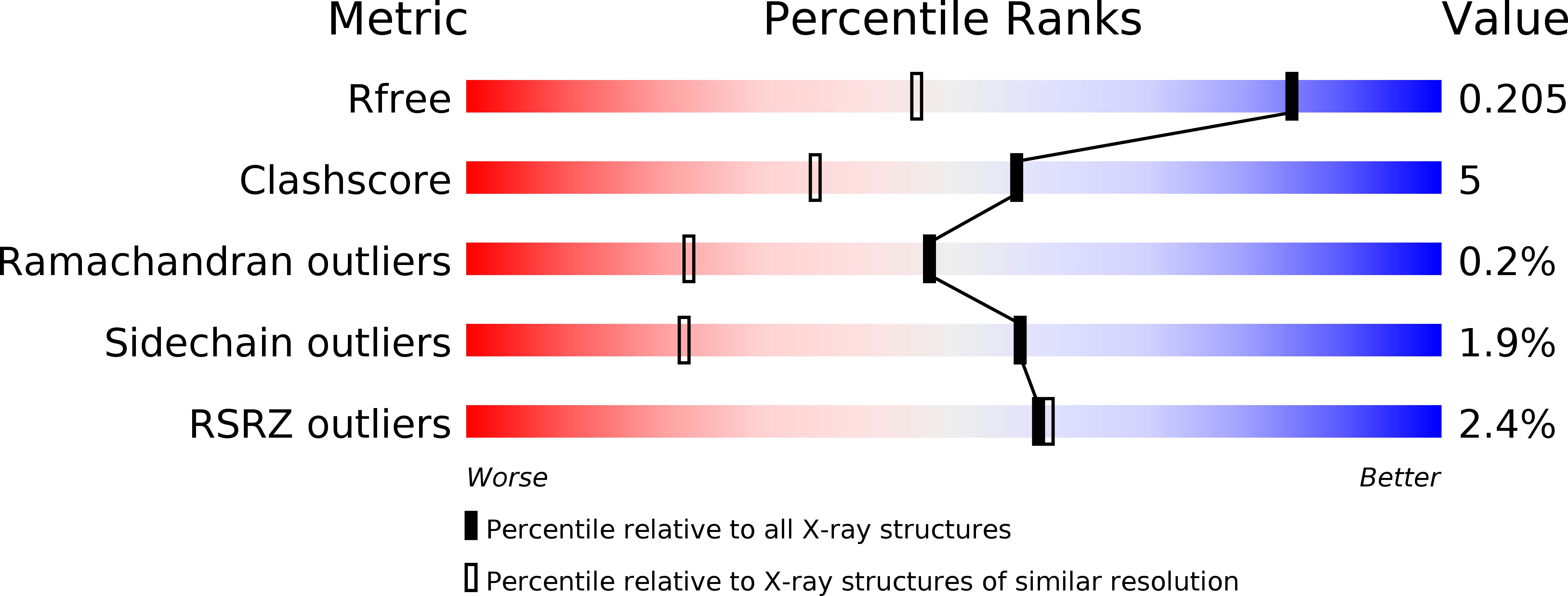
Deposition Date
2013-03-04
Release Date
2013-06-26
Last Version Date
2023-12-20
Entry Detail
PDB ID:
3ZPY
Keywords:
Title:
Crystal structure of the marine PL7 alginate lyase AlyA1 from Zobellia galactanivorans
Biological Source:
Source Organism:
ZOBELLIA GALACTANIVORANS (Taxon ID: 63186)
Host Organism:
Method Details:
Experimental Method:
Resolution:
1.43 Å
R-Value Free:
0.20
R-Value Work:
0.15
R-Value Observed:
0.16
Space Group:
P 1


